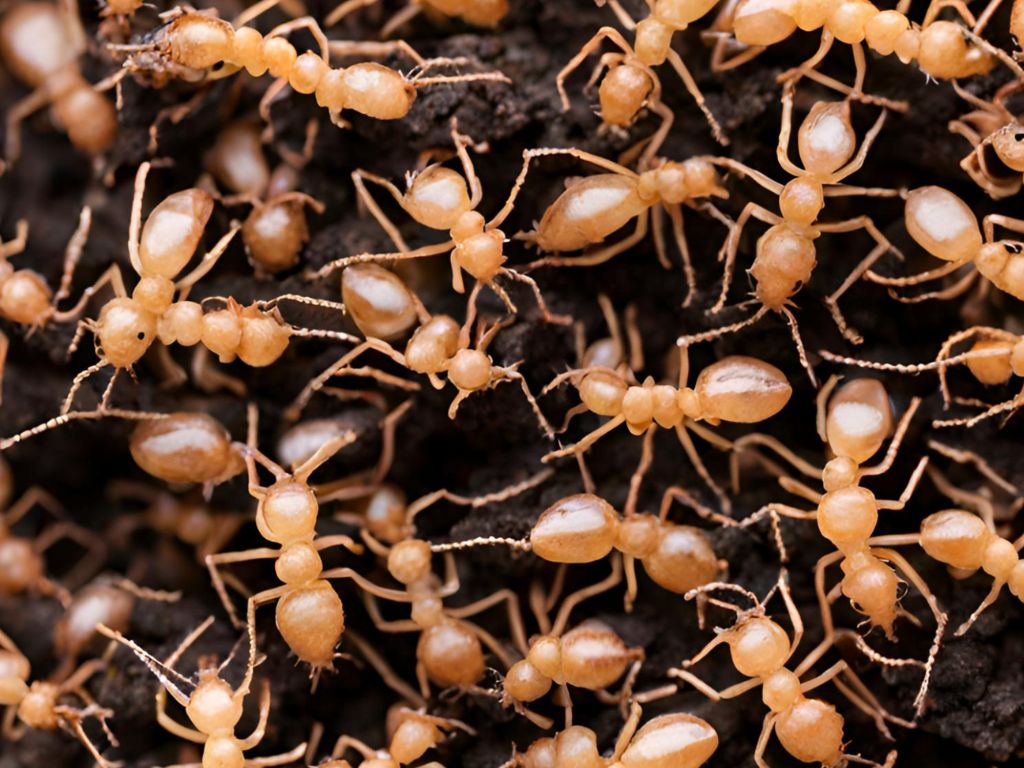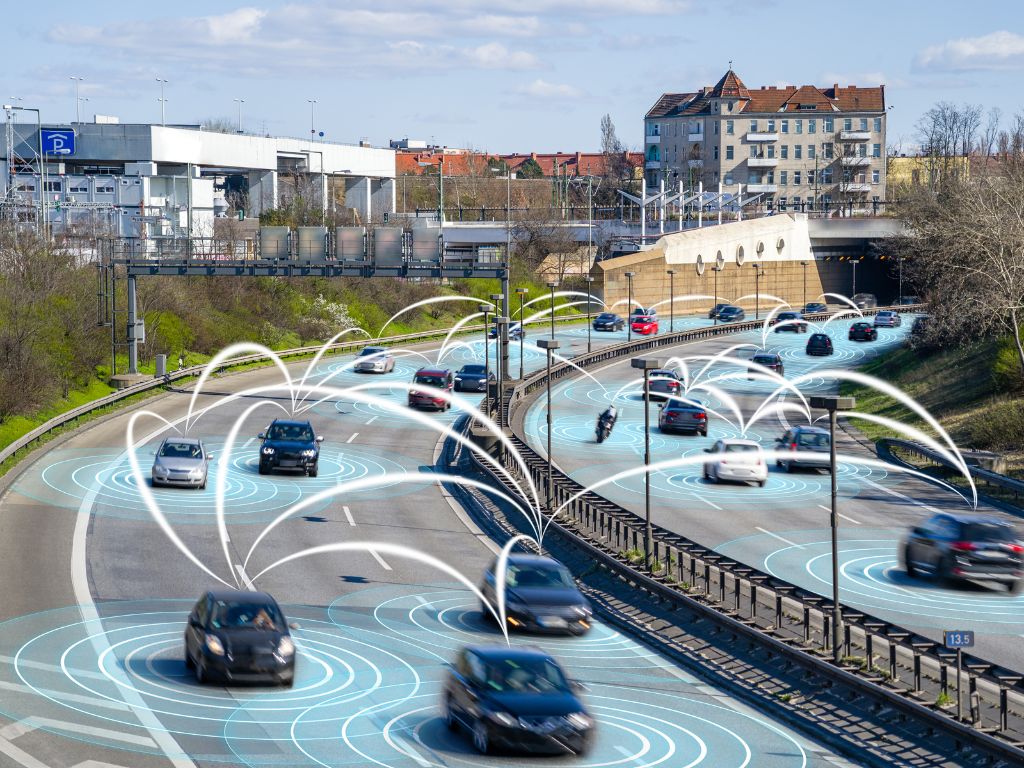Swarm intelligence will revolutionise autonomous systems like robots or satellites. Inspired by nature, swarms of autonomous agents can display collectively intelligent behaviours, even though every single agent follows simple rules based on its individual perception. Thinking ahead, such systems can enable completely new possibilities for a multitude of use cases. For instance, autonomous cars could make their own local decisions for driving while ensuring a global reduction of traffic congestion.
Author: Dr. Grégoire Danoy, head of the Parallel Computing and Optimisation (PCOG) research group.

Swarm intelligence is inspired by the collective behaviours observed in various species in nature.
After a few decades of research, swarm intelligence is now ready for many different applications, and there is a strong push in multiple domains, including autonomous robots. For example, NASA is working on swarm intelligence to explore space, especially for planetary mapping. Such applications can benefit from the advantages brought by swarms compared to single robot systems. Robot swarms are more reliable and resilient because their mission can continue if one or another robot fails. Working as a coordinated group, they can also perform tasks more quickly and efficiently than individual robots. However, for a computer scientist, designing the local behaviours of such robots in order to obtain the emergence of a qualitative global behaviour is very challenging.
Thankfully, using machine learning to automatically generate swarm algorithms offers new possibilities: Automated design of algorithms is the future of swarm intelligence.
Automated algorithm design really is a paradigm shift. Instead of designing algorithms manually, we can use advances in machine learning and today’s hardware capabilities to optimise or even generate swarm algorithms. Currently, we can teach a few drones to efficiently perform a mission as a swarm starting from zero. Such results have already been made public and reproducible through the publication of software libraries originating from a collaboration between the SnT and multiple universities. Because these approaches are not based on existing human knowledge, they can discover novel swarming behaviours. Ultimately, these machine learning approaches allow us to create better swarming solutions, leveraging the power of automated algorithm design. In addition, this process allows generating solutions that work well for many different problems. Automated design of algorithms thereby has the capability to create more general solutions.
Nowadays, with a good implementation on the right hardware, we can achieve promising results in a few seconds. These developments could lead to almost real-time learning. In the future, systems will be able to basically self-learn and adapt to the environment that is potentially changing.

In the future, autonomous cars could make their own local decisions for driving while ensuring a global reduction of traffic congestion.
Yet, research must address the major challenges of the automated design of swarm algorithms. It is, for instance, necessary to design machine learning techniques able to capture the complexities of robot swarms when deployed in real applications. This means generating swarming behaviours that are robust to dynamic and unpredictable environments and also scalable (i.e. that can handle large numbers of agents). In addition, automation of swarm design can lead to black-box behaviour of the swarms. Therefore, the results may no longer be explainable. Furthermore, people could use swarms of autonomous robots for bad purposes or abuse the communication between agents. That is the reason why cybersecurity gains increasing importance in this area.
There are ideas to address the potential abuse of this technology. Interdisciplinary research in the fields of cybersecurity and explainable AI will help to understand threats. In addition, swarms can even prevent us from physical threats.
A swarm can be used to protect the airspace from malicious drones, e.g., in an airport or over a city. We need to be proactive to solve such problems, that is precisely the reason we began tackling these specific use cases.
The potential of swarm intelligence is huge: In five years, with all the developments in hardware and automated algorithms, we expect to see the deployment of swarms everywhere they are applicable, such as in robotics, space or for autonomous vehicles. We will see that swarm intelligence and automated algorithm design go hand in hand to enable applications in many areas and level the playing field for various use cases.

Dr. Grégoire Danoy is head of the Parallel Computing and Optimisation (PCOG) research group at the University of Luxembourg’s Interdisciplinary Centre for Security, Reliability and Trust (SnT).
Read Dr. Danoy’s original LinkedIn article, and connect with him.
